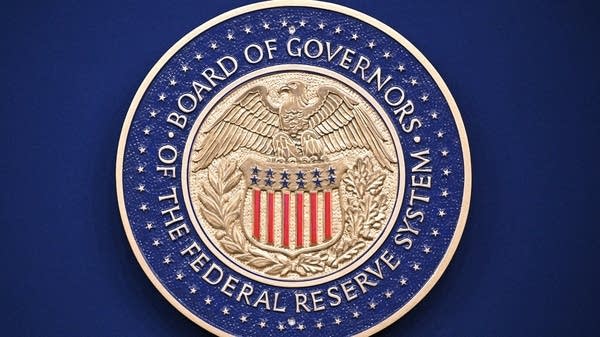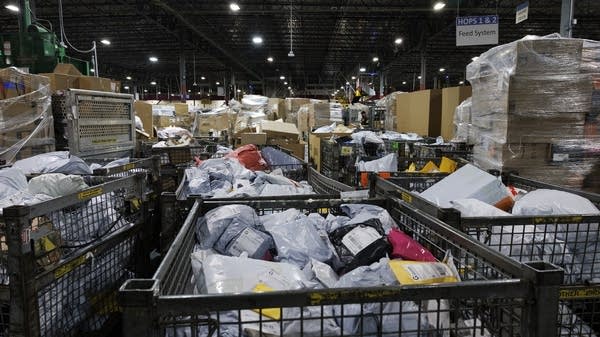Data shows that Americans have less disposable income
Income growth is still outpacing inflation, but that gap is narrowing and could start to impact consumer spending.

Disposable incomes fell in May — down nearly 0.5% from the month before — according to a government report released Friday.
A big part of that drop was due to a temporary jump in Social Security benefits in April, when retroactive payments were issued. But even setting that aside, income growth has been weak for several months now.
Households earn money from a range of sources. Some less common ones include financial assets like stocks and rental income, but those streams haven’t been delivering much this year.
“We’re not seeing financial assets go up with abandon anymore,” said Sarah House, senior economist at Wells Fargo. “We’ve also seen the rental market soften as well.”
Still, about 60% of income comes from wages — and wage growth has slowed, too.
That’s because the job market has cooled. Employers aren’t hiring as aggressively as they were during the pandemic recovery.
“They’re not adding as many workers,” House said. “They’re not having to fight as hard for workers. And so that’s tamping down pay growth.”
To be clear, incomes are still growing faster than inflation — but that gap is shrinking. And that’s putting pressure on consumer spending.
“Spending has been running ahead of income growth for more than a year now, and that can’t last,” House said. “I think we’re seeing some reckoning there, where spending has downshifted.”
The slowdown in both income growth and consumer spending may just be getting started, said Gregory Daco, chief economist at EY.
One reason: President Donald Trump’s new tariffs have yet to push up consumer prices broadly. So far, businesses have absorbed the initial shock.
“With inflation about to re-accelerate, as a result of the tariffs that have been imposed, we’re going to see an erosion of disposable income growth,” Daco said.
That means people will have even less spending power.
Unless those tariffs are rolled back, Daco said, the U.S. economy is likely to slow to a growth rate below 1% by the end of this year — down from about 3% at the end of 2024.
And because of that, he said, “the chances of a recession are elevated.”
That combination of weaker income growth, slowing spending and rising prices could leave households with fewer financial buffers in the months ahead — and economists warn that the full impact is still to come.













